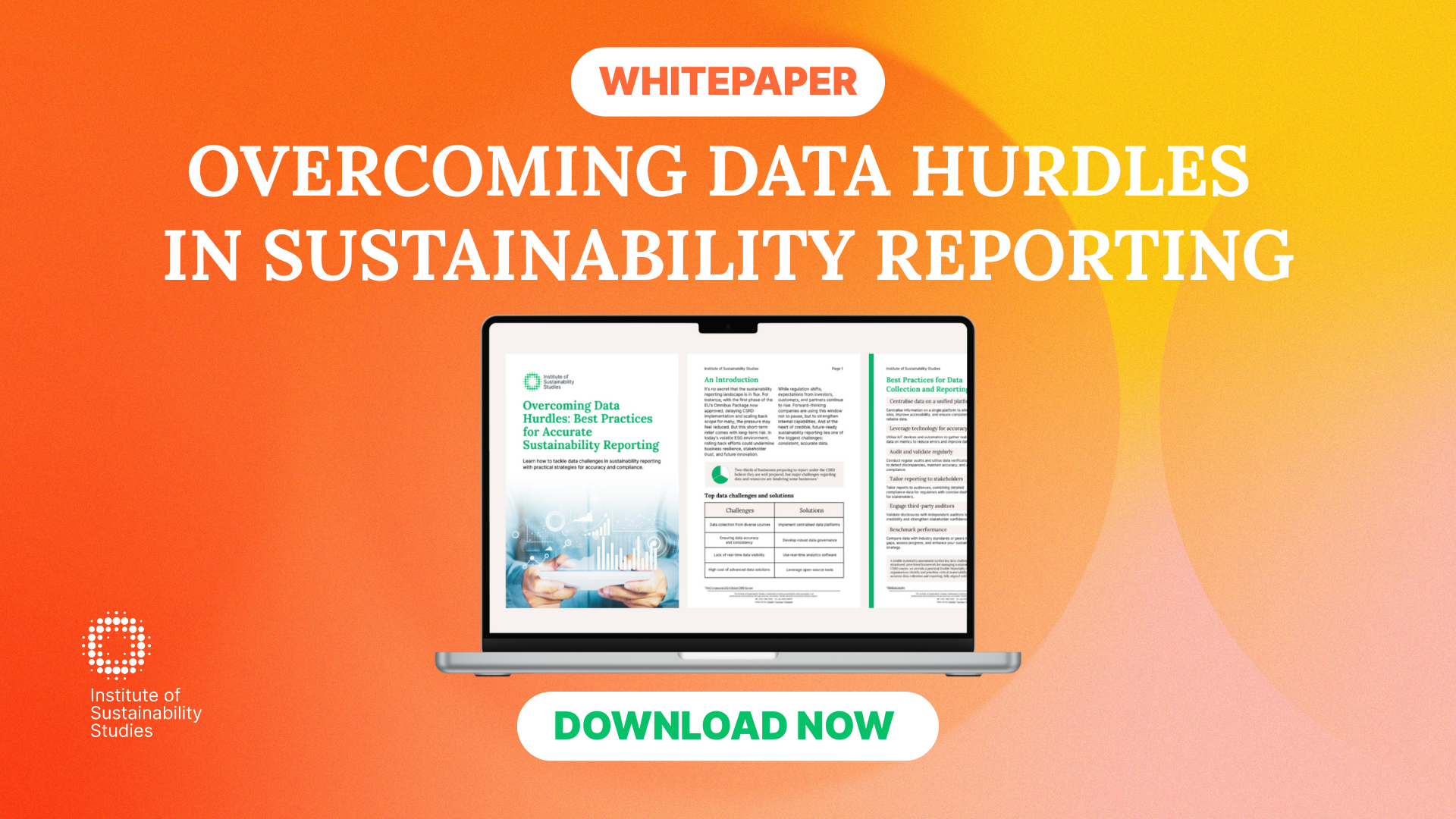According to the International Energy Agency (IEA), renewables must account for nearly 90 percent of global electricity generation by 2050 to meet net-zero targets. However, the shift to renewables presents challenges. Unlike traditional power sources, renewables like wind and solar are intermittent, generating energy only when conditions allow. Without a system to balance supply and demand effectively, integrating these energy sources at scale becomes complex. Energy flexibility offers a solution – ensuring renewable power isn’t wasted while keeping the energy grid stable, efficient, and resilient. Keep reading to explore how this approach is shaping the future of green energy and corporate sustainability.
What does energy flexibility mean?
Energy flexibility refers to the ability of an energy system – whether at a grid, building, or industrial level – to adapt to fluctuating energy supply and demand cost-effectively and sustainably. It involves optimising energy consumption, storage, and generation to improve efficiency, reduce reliance on fossil fuels, and integrate more renewable energy sources into the system.
Key aspects of energy flexibility:
- Demand response: Adjusting energy use based on supply availability, such as shifting consumption to off-peak hours or reducing demand during peak periods.
- Energy storage: Using batteries or thermal storage to store excess energy and release it when needed, balancing supply and demand.
- Decentralised energy production: Integrating renewables like solar and wind to reduce dependence on centralised fossil-fuel-based power plants.
- Smart grid technologies: Using AI, IoT, and automation to optimise energy distribution and consumption in real-time.
- Electrification and sector coupling: Connecting energy systems (e.g., linking electricity, heating, and transportation) to improve efficiency and reduce emissions.
Why do we need energy flexibility?
As the global energy landscape shifts toward decarbonisation and renewable energy, energy flexibility has become crucial for ensuring a stable, efficient, and cost-effective energy system. Below are some reasons we must leverage this approach.
Integrating renewable energy sources
Renewables like solar and wind are intermittent – energy production depends on the weather and time of day. Without flexibility, excess energy may go to waste, or supply shortages could occur when demand is high. Energy flexibility allows for better integration of renewables by storing surplus power and adjusting demand accordingly.
Reducing energy costs for businesses and consumers
Energy prices fluctuate based on supply and demand. Flexible energy systems help businesses and households shift energy use to off-peak hours, taking advantage of lower rates and reducing overall electricity costs. Demand response programs allow consumers to adjust their consumption in real time to benefit from cheaper, cleaner energy.
Enhancing grid stability and resilience
The energy grid must continuously balance supply and demand to prevent blackouts and inefficiencies. Energy flexibility helps stabilise the grid by shifting or reducing demand when needed, ensuring a reliable power supply even during peak periods or extreme weather events.
Reducing carbon emissions and dependence on fossil fuels
By optimising the use of renewable energy and reducing reliance on fossil-fuel power plants during peak demand, energy flexibility contributes to a lower-carbon energy system. Smart energy management reduces unnecessary consumption and helps businesses and homes transition toward net-zero operations.
Empowering consumers and businesses
With the rise of prosumers (those who both produce and consume energy), energy flexibility enables individuals and businesses to actively manage their energy use. Through smart technologies, energy storage, and demand-side management, consumers can take greater control over their energy consumption, reducing waste and increasing efficiency.
Future-proofing energy systems
As electrification expands across sectors – especially in transportation (EVs) and heating (heat pumps) – energy demand is expected to rise significantly. Without flexibility, energy grids could struggle to handle the increased load. A flexible system ensures that electric vehicles, smart appliances, and industrial processes can operate efficiently without overwhelming the grid.
Final thoughts
The transition to clean energy and net-zero emissions is not a distant goal but an immediate priority. Without energy flexibility, the full potential of renewable energy cannot be realised. As electrification expands and demand for sustainable energy grows, we need smarter systems that can adapt, optimise, and stabilise our power supply.
Energy flexibility offers a practical, scalable approach to reducing carbon emissions, ensuring energy security, and making renewable energy a viable alternative to fossil fuels. The urgency of climate action demands forward-thinking solutions, and energy flexibility stands at the heart of this transformation. The question is no longer whether we need it; but how quickly we can implement it to drive the transition to a cleaner, greener world.
Dedicated to harnessing the power of storytelling to raise awareness, demystify, and drive behavioural change, Bronagh works as the Communications & Content Manager at the Institute of Sustainability Studies. Alongside her work with ISS, Bronagh contributes articles to several news media publications on sustainability and mental health.
- Bronagh Loughlinhttps://instituteofsustainabilitystudies.com/insights/author/bronagh/
- Bronagh Loughlinhttps://instituteofsustainabilitystudies.com/insights/author/bronagh/
- Bronagh Loughlinhttps://instituteofsustainabilitystudies.com/insights/author/bronagh/
- Bronagh Loughlinhttps://instituteofsustainabilitystudies.com/insights/author/bronagh/









